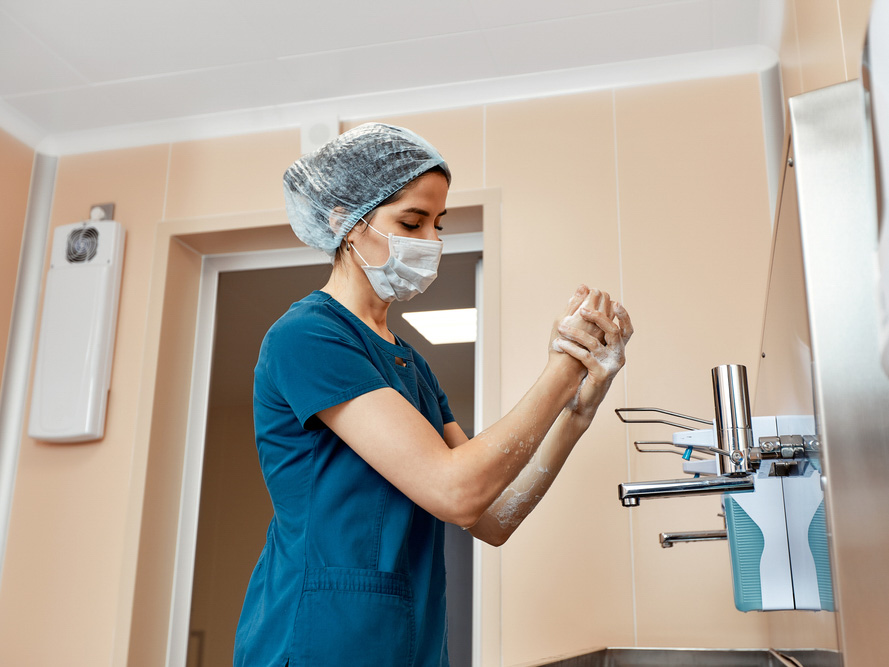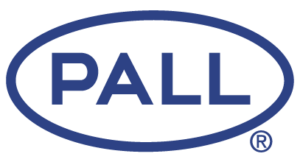
Cases of nontuberculous mycobacteria (NTM) infections are growing globally, presenting numerous challenges for healthcare facilities in keeping vulnerable patients safe.
Research by the Centers for Disease Control and Prevention found that waterborne diseases cost US health services $3.33bn from hospitalisation of patients. Pseudomonas, Legionella, and NTM are the three main waterborne pathogens that grow in biofilms in water systems. Of these three, the highest costs for US hospitals are from NTM infections at $1.53bn.
While Pseudomonas and Legionella present considerable challenges, they are easier to detect and treat than NTM. Pseudomonas is particularly sensitive to temperatures of 60°C or higher, while there are reports that Legionella can even survive temperatures of up to 70°C. Yet the growth is significantly reduced for these bacteria by high temperatures, and chlorine is also highly effective in controlling both.
Where NTM offers a greater challenge is its higher resistance against high temperatures and chemical treatments. NTM grows in biofilms and has a multi-layer wall in its cells that is much thicker and more robust than other known types of waterborne bacteria.
Furthermore, NTM can be spread by the smallest droplets of water or vapour from air-conditioning units, for example. The impact is severe infections in the lungs, blood, lymph nodes, and soft tissues. NTM infections can be difficult to diagnose and may lay dormant in some patients for five years or longer before symptoms materialise.
However, effective actions are possible to manage and reduce risks to health from NTM in clinical settings.
Identifying the biggest risks for NTM infections in hospitals
All healthcare facilities should have a water safety plan to control the opportunities and conditions to prevent bacteria growing and spreading. The plan should be viewed as a continuous process that involves regular, routine actions and should not be limited to one-off or seasonal measures.
The first step to managing NTM is identifying the main areas of risk. In hospitals, immunocompromised patients face the biggest dangers from NTM infection. Surgical units are also a risk area, with open surgery presenting opportunities for NTM to enter patients’ bodies. Health professionals working in these areas must be extra vigilant about water points. Water filters can make a significant difference to controlling bacteria, and personnel wearing face masks can also help.
“In Europe, it is very common to use water filters for at-risk patients. Because staff know that even if they control the water, bypassing a control is very easy for bacteria,” explains explains Dr Andreas Capewell, Field Applications Specialist at Pall.
In addition, inconsistencies in conditions within the same building can increase the risks of bacteria. Varying water temperatures from one hospital floor to the next can also foster the growth of bacteria within buildings.
“If you have an outbreak, you can reduce the number of bacteria. You can’t eradicate it completely. You must look at all the conditions,” adds Capewell. “Temperatures which are good for humans are also good for bacteria, and this is the biggest problem in my eyes.”
Regular sample analysis of water systems is also a vital tool in protecting from harmful bacteria. Yet there are issues with detecting NTM using standard equipment.
“Standard routine analysers do not show NTM,” says Capewell. “They are growing so slowly that you cannot detect them. Therefore, special analysers are required with DNA sequencing.”
However, these specialist DNA analysers can be expensive – especially when health budgets are stretched in the aftermath of the global pandemic. Sharing these devices between hospitals is one option. But not having access to one of these devices can be more expensive.
“Patients that are infected cost much more to treat than one analyser,” explains Capewell.
Reliable water filters and safety plans
One of the most effective modes of protection against NTM is water filters that are fitted on taps and other water outlets in hospitals such as showerheads. Independent tests have found that some types of 0.2-micron filters are effective in reducing the quantities of NTM in tap water and can, in some cases, stop bacteria exiting entirely.
Pall’s Point-of-Use Water Filters deliver a proven and rapid solution to safely control waterborne bacteria such as NTM.
“It’s a barrier between the water system and the patient,” adds Capewell. “It is very clear that bacteria are not infected by patient-to-patient connection. It’s coming mostly from the water.”
In addition, Pall can work alongside hospitals, care homes, and other health facilities to develop a Holistic Water Safety Plan.
To find out more about Pall’s specialist filters and the services available in water safety, download the white paper on this page.


